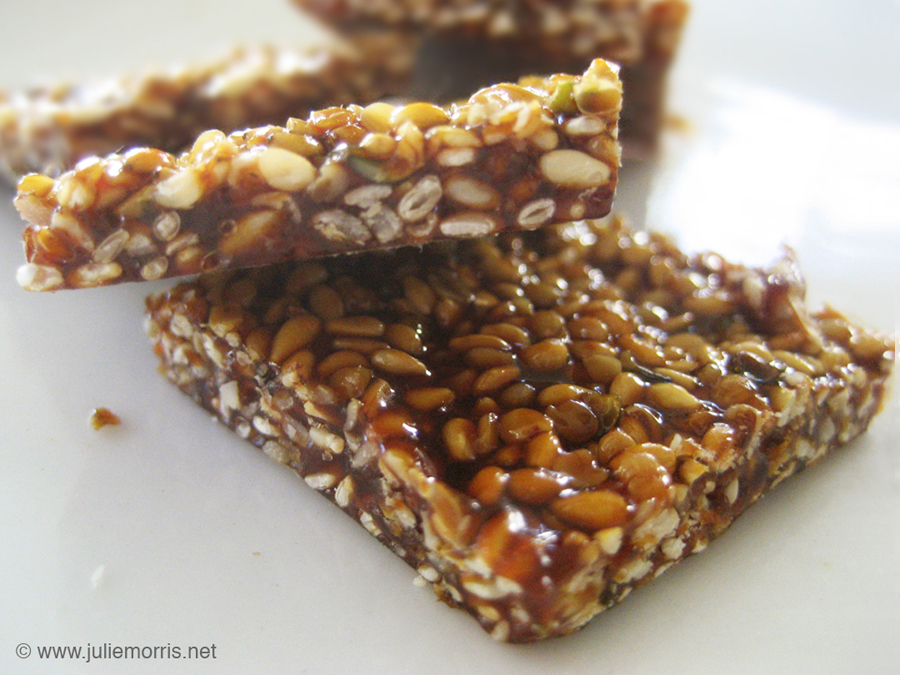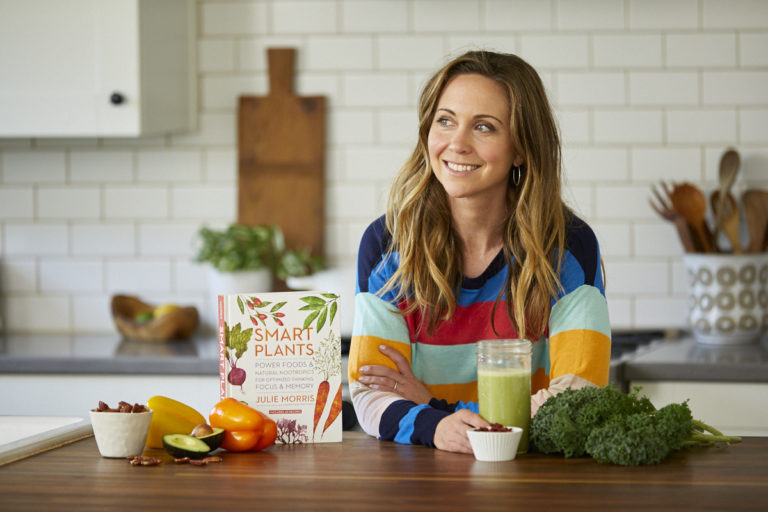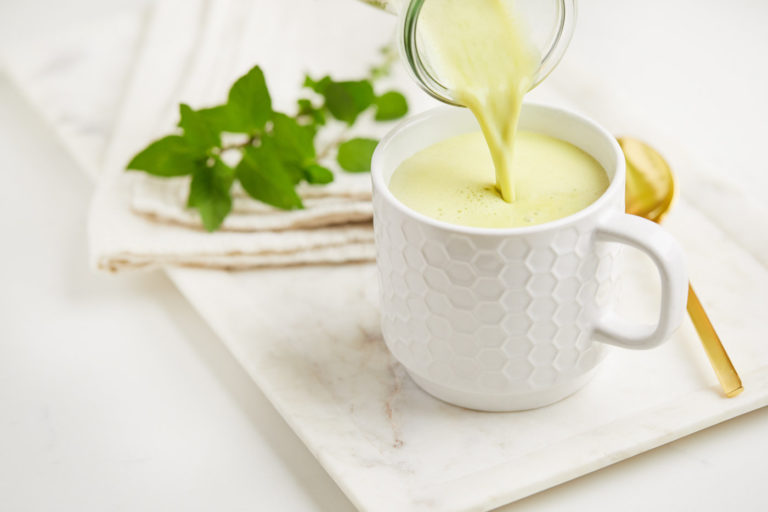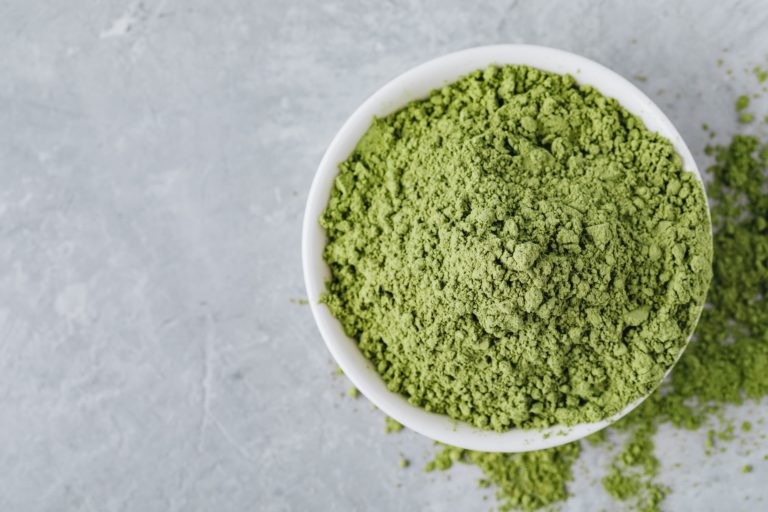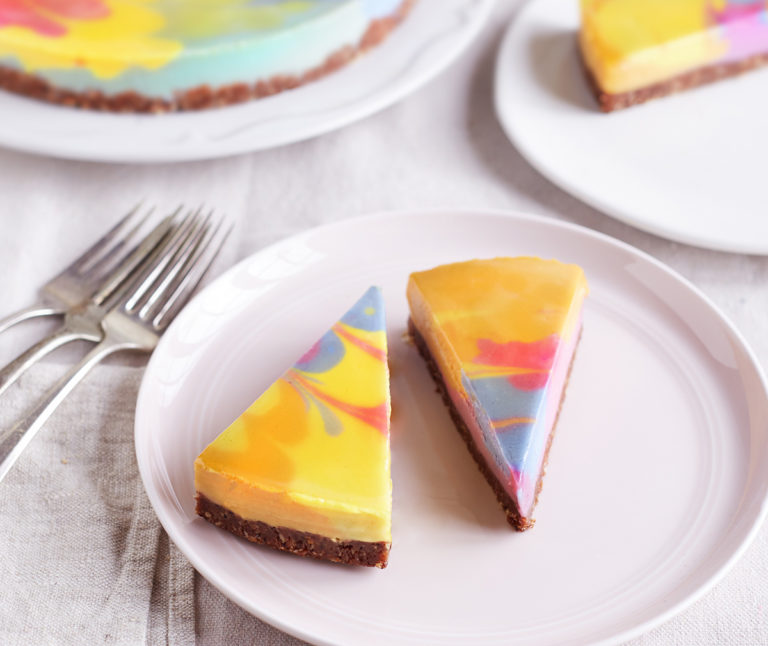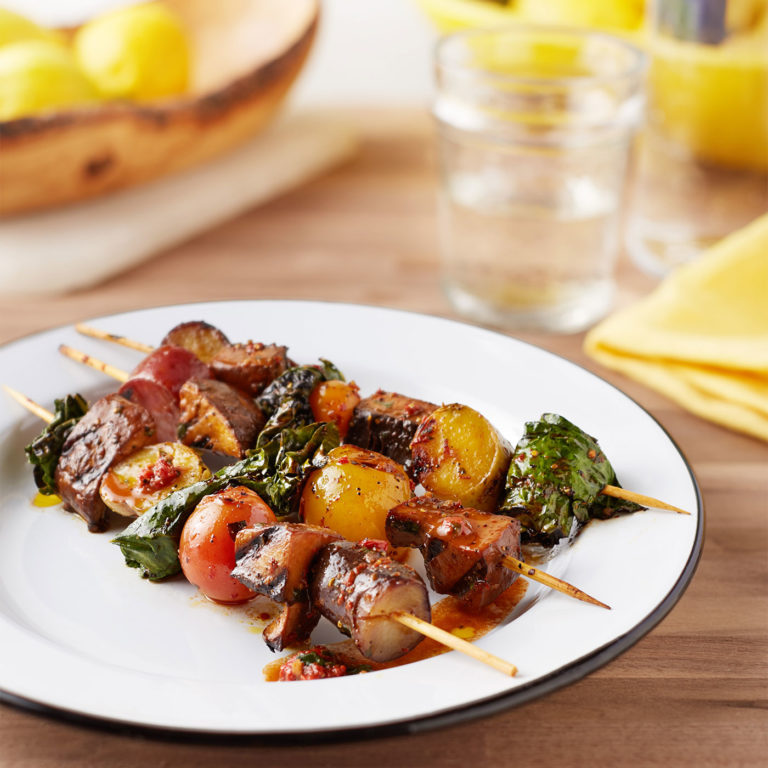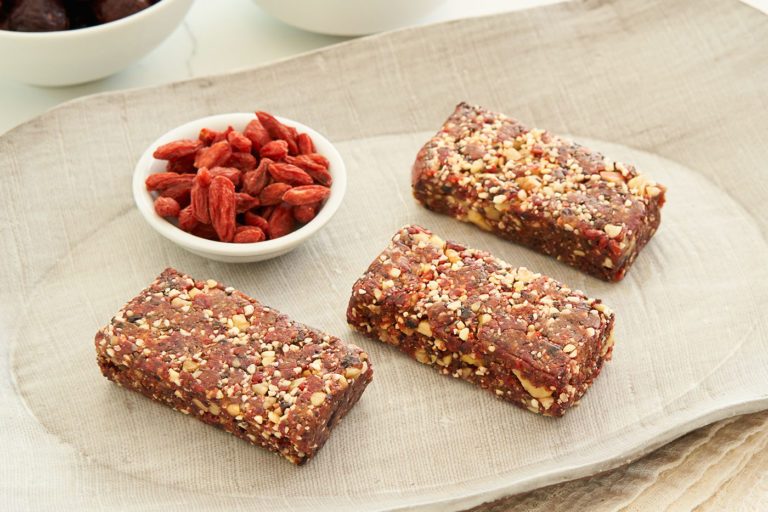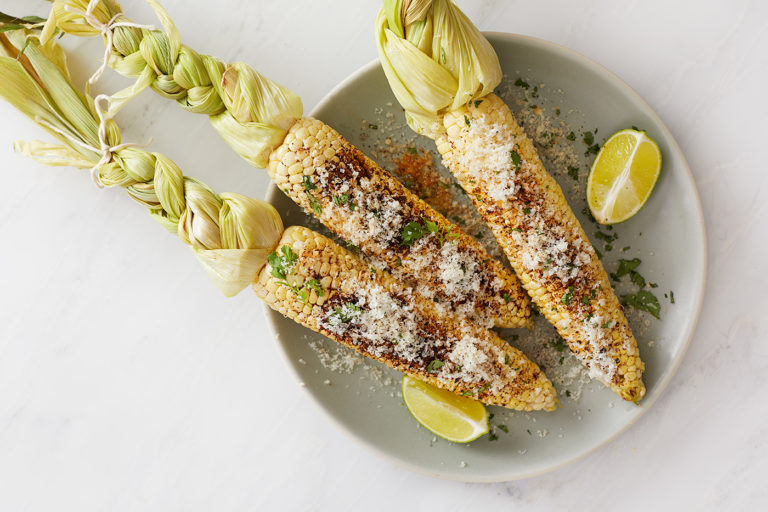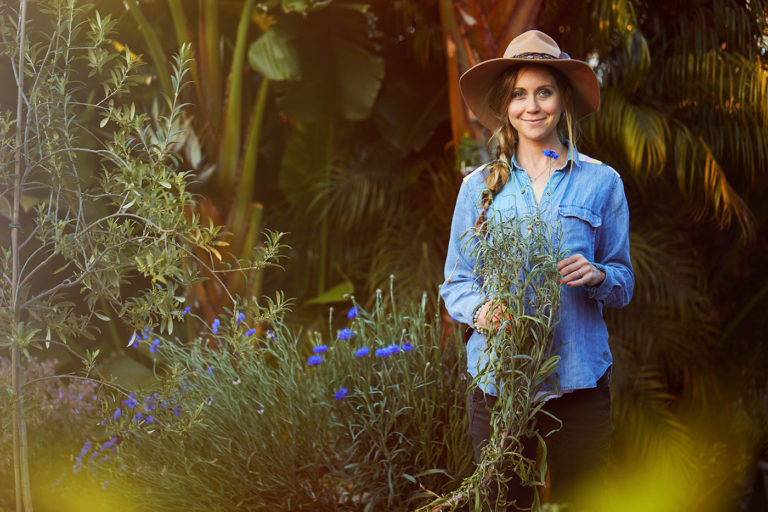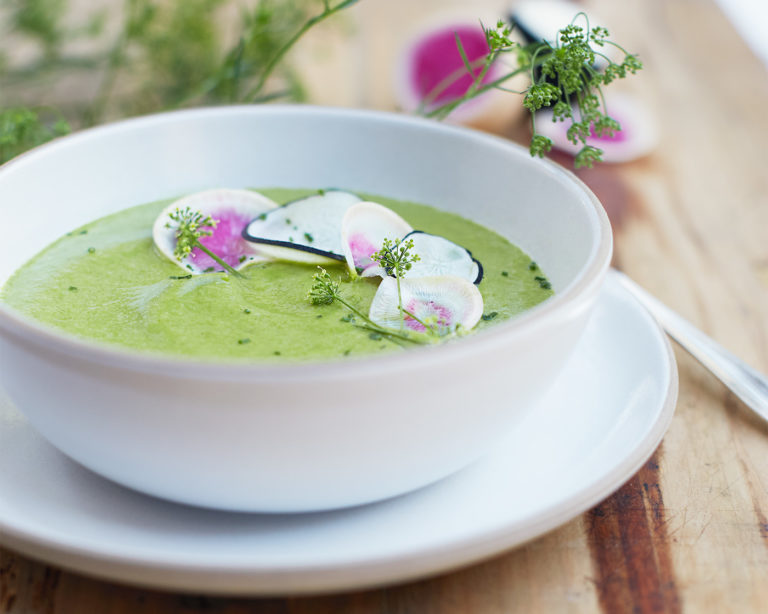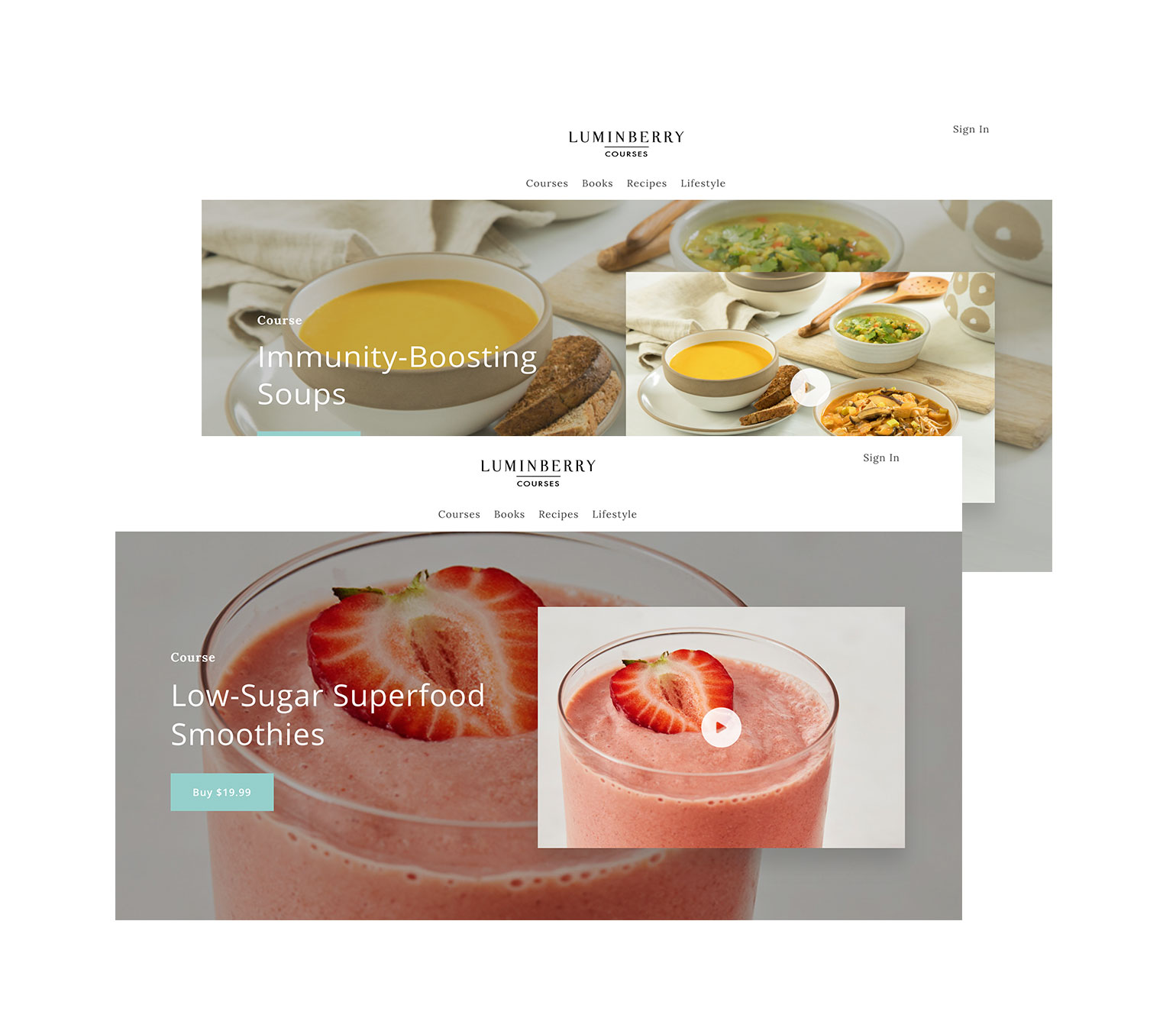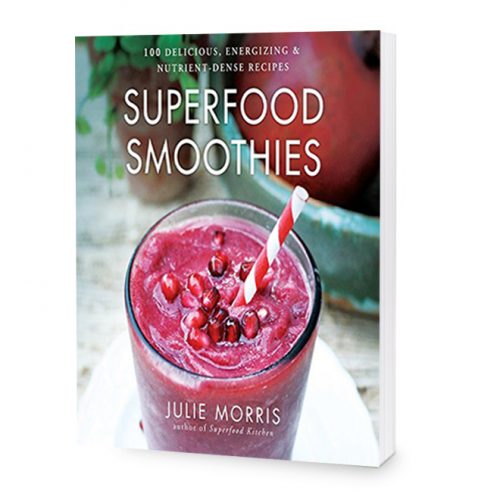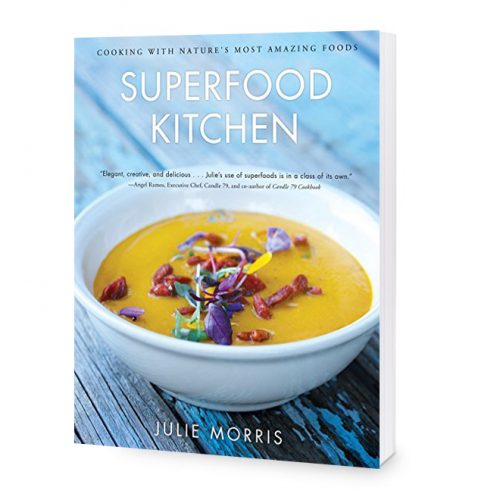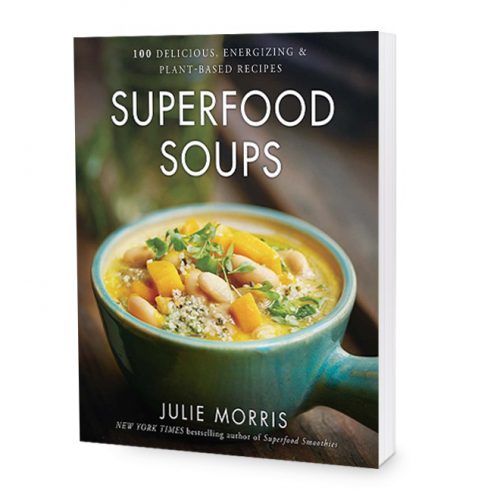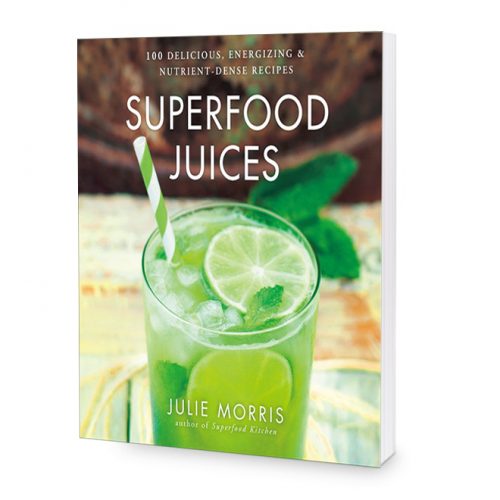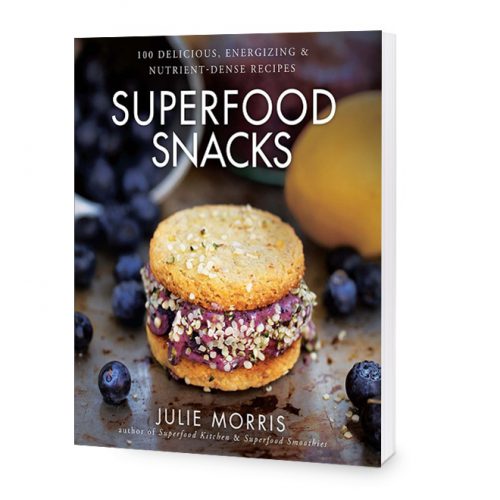INGREDIENTS:
Corn Syrup.
Sugar.
Partially Hydrogenated Soybean and/or Cottonseed Oil.
Mono and Diglycerides.
Malic Acid.
Salt.
Artificial Flavors.
Lecithin.
Blue #1.
Red #40.
Yellow #6.
Seriously?
Everyday, thousands of packages of this “concoction” (anonymous leading brand candy) are purchased in grocery stores, sold as “food,” and bought with the assumption of being “safe to eat.” Correct me if I’m wrong, but it’s probably not exactly a good thing when the safest items on your ingredient list are “sugar” and “salt.”
To be fair, even those of us drowning in complete nutrition ignorance have at least a general notion that candy is bad. No breaking news here – eating candy is clearly a conscious choice to partake in its sinfully sweet “badness.” I get that, and I’m sure the guy who’s chewing his fillings out right now on some sugary garbage gets that too.
I don’t think it’s cimantics though when I suggest that there’s “bad” and then there’s “unnecessarily bad” – the latter being the road modern day candy manufacturers have taken. Looking at the list above, it seems almost an act of cruelty to formulate what ends up inside some of those colorful wrappers. The ridiculous part is that for thousands of years many cultures have made and enjoyed candies — truly delicious candies — a large portion of which are not “unnecessarily bad” (or even “bad”) in the slightest. Using whole ingredients like nuts, dates, natural syrups and spices, these candies are sweet, flavorful, and are quick to satisfy even the most hard-core sugar cravings. One of the first ever documented candy recipes comes from ancient Egypt — 1600 BC style. This authentic recipe looks fantastic (source – Scholastic):
You’ll need a cup of fresh dates, a teaspoon full of cinnamon, a half teaspoon with cardamom seed, a half a cup of fresh walnuts, a little bit of warm honey, and dish full of finely ground almonds. Mix the dates with some water to paste. Mix cinnamon and cardamom seed through the paste. Knead the ground walnuts through it. Roll these into candy-sized balls. Spread the candies with honey and then dip these into ground almonds.
Funny, no Red #40? I’m shocked.
To my palate, the Greeks really have the candy thing down with their traditional Pasteli, which is essentially a chewy and crunchy treat usually made from just sesame seeds and honey. Such a simple combination, yet as sweetly comforting as it gets, with its pure whole food ingredients. In my version, I like to use yacon syrup (from the yacon root) instead of honey, as it lends a more sophisticated flavor alluding to molasses and hints of apple. Plus yacon syrup has about half the calories of honey, a substantially lower amount of sugars, and the bees get to have the rest of the day to go off and do bee things.
Here’s my version of Pasteli candy, which, in addition to the yacon syrup, has one more superfood secret fantastically tucked away inside . . .
Similar to the traditional Greek sesame candy “Pasteli,” which is made with honey and sesame seeds, these superfood candies take advantage of yacon syrup’s more complex flavor and healthy benefits. Crunchy and chewy at the same time, these all-natural candies are addictingly delicious. If you cannot find pre-roasted/toasted sesame seeds, use raw ones — just pop them in the oven for 5 minutes at 350 degrees ahead of time.
½ cup yacon syrup
¼ cup hemp seeds
½ cup toasted sesame seeds
Oil a baking tray.
Over medium-low heat, warm the yacon syrup for a minute until it gets bubbly. Reduce the heat to low, add the seeds, and simmer for 3-4 minutes longer, stirring constantly.
Spread the mixture onto the pre-oiled tray into about a ¼ inch layer. Let cool completely (about 15-20 minutes). Use kitchen scissors to cut into squares or desired shape. Makes about 2 dozen candies.
healthy benefits: gluten-free, calcium, protein, essential fatty acids, low(er) sugar, prebiotics (healthy digestion)
© 2009 www.juliemorris.net

